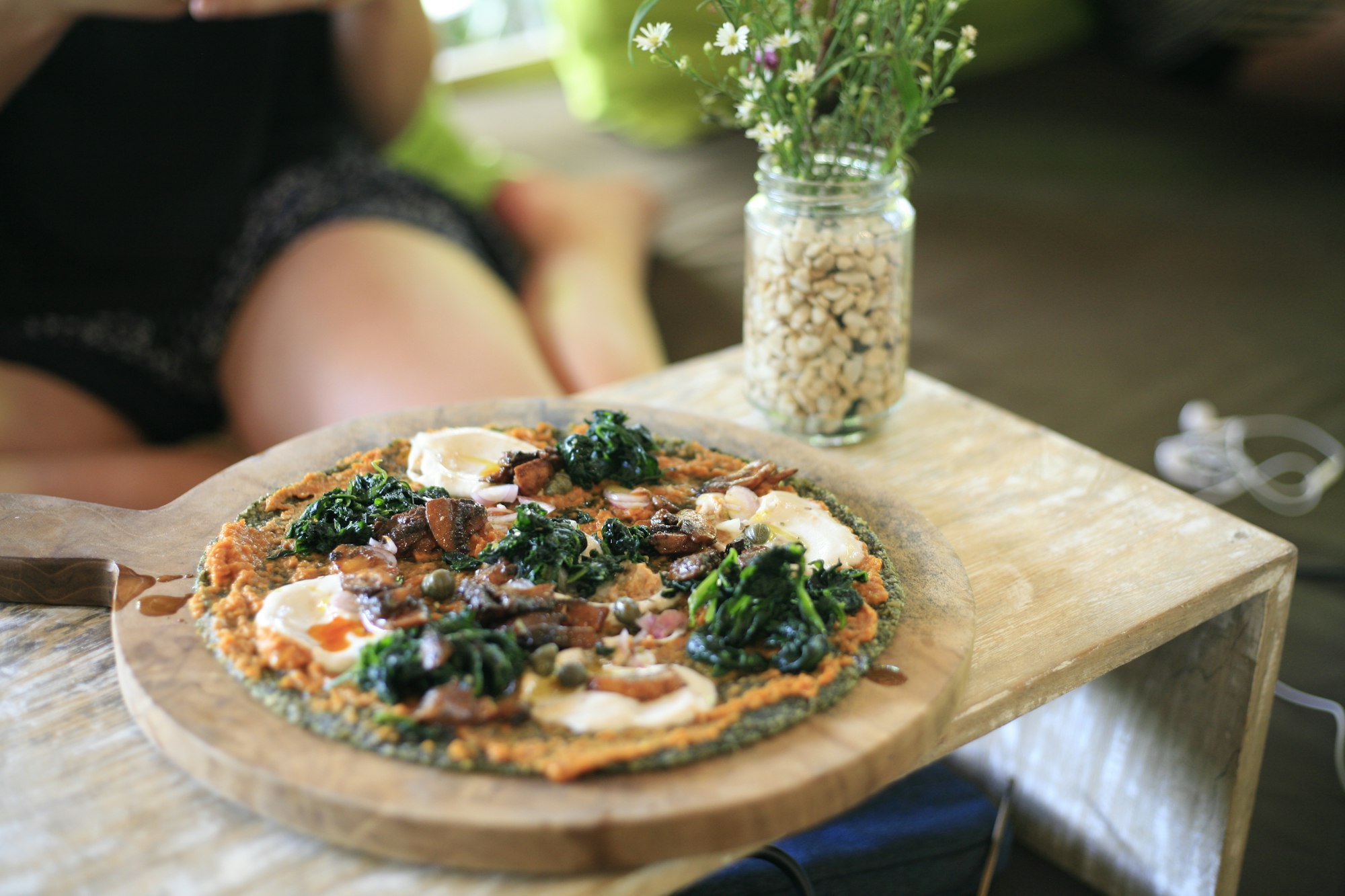The pleasure of eating together
What can we do to help our children being healthier in the long term? I think we have to bring back pleasure to the table.

“Foods are enjoyable as well as healthy” – Dr Niklaus
As parents and/or educators the wellbeing of our children has become one of our priorities. A survey released last October by the American Heart Association shows how "mealtime impact on mental well-being", furthermore "91% of parents say their family is less stressed when they eat together".
“Sharing meals with others is a great way to reduces stress, boost self-esteem and improve social connection, particularly for kids,” said Erin Michos, M.D, M.H.S, American Heart Association volunteer, associate director of preventive cardiology at Johns Hopkins and a co-author of the American Heart Association’s statement on Psychological Health, Well-being, and the Mind-Heart-Body Connection
Isn’t it obvious that we have to bring back pleasure to the table along with health?
What if part of the solution was to go back to the basics: find pleasure in eating and spending time together? What about committing to having dinner with our family as often as we can? A dinner with family and/or friends is good for conversation and also keeps us from snacking all the time.
So, what can we do to help our children being healthier in the long term?
Parents as educators and role models can influence their children’s attitude towards food. Shopping for fresh food, trying new foods, cooking and eating together will help children be exposed to healthier choices.
Dr. Niklaus puts the focus on “the importance of sensorial pleasures linked to the pleasure of eating”.
I always tell my clients that a dish should be a pleasure to look at as much as a pleasure for your taste buds. Use spices, herbs, colourful vegetables; become an artist and don’t be afraid of trying new foods. And whenever you prepare something new, involve your family in the process and be open to suggestions.

A few tips to use with your children
- involve them in the shopping for groceries
- cook with them
- have healthy foods available and easy to reach, for instance: ready-to-eat fruits and vegetables on the table or a bowl with seeds and nuts for those without allergies
- get them to touch, smell and taste foods to help them redefine what they like and dislike
- reinforce the behaviour of trying new foods
- keep trying and don’t give up!
- praise them for what they eat
- avoid eating in front of a TV or computer screen
- have a positive attitude
Focus on the pleasure of eating beautiful and tasty foods!

